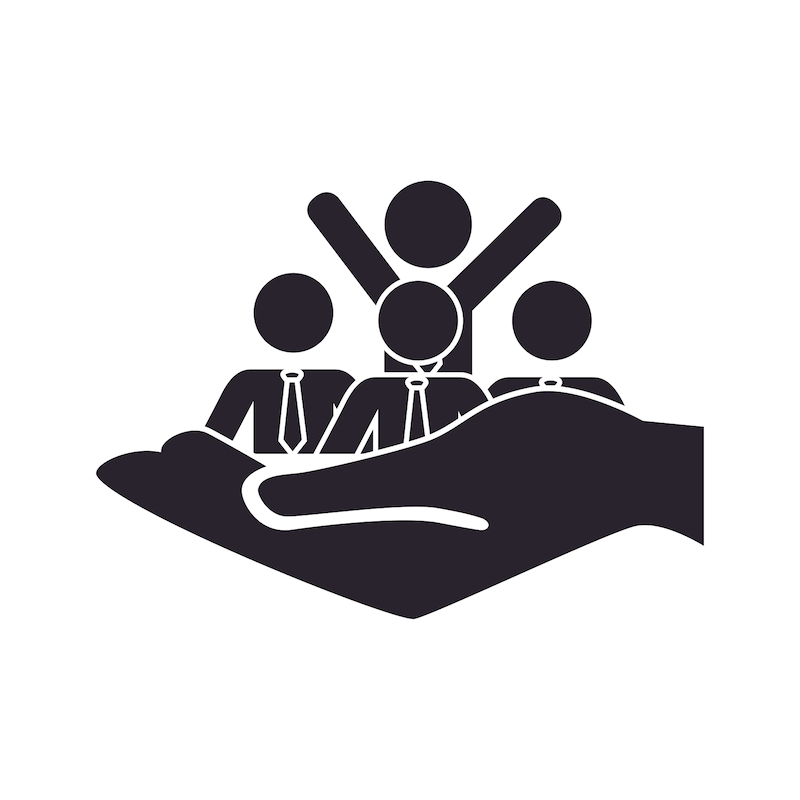 Unfortunately, problems always seem to show up. As a Technical Support person I cannot tell you how many times I have taken a phone call that begins with the caller telling me how long he/she has been “doing this”. Generally, this is a way of telling me that they know what they are doing. Yet ironically, they are calling in to have me give them an answer to a problem. Many times the answer is a simple reminder of a point they missed, or information long forgotten. It does not matter what the issue is, it is an opportunity to solve a problem.
Unfortunately, problems always seem to show up. As a Technical Support person I cannot tell you how many times I have taken a phone call that begins with the caller telling me how long he/she has been “doing this”. Generally, this is a way of telling me that they know what they are doing. Yet ironically, they are calling in to have me give them an answer to a problem. Many times the answer is a simple reminder of a point they missed, or information long forgotten. It does not matter what the issue is, it is an opportunity to solve a problem.
Over the years, I have developed this concept of the ‘Three Phased Approach’ to solving the problem. It still requires some work in each phase, but it lets you focus and organize.
The three phases are simple: Product, People, and Environment.
1. I start first with Product because that is generally where the complaint begins and where the complainer wants it to end. No one calls and begins with, “I just can’t do this right”! By the way, “It Broke”, is not a description of the product problem nor how it got there. Tell us what it is doing or not doing. Be observant and record the condition or the sound, or the feel. All of these descriptions help identify specific problems.
As a manufacturer, we see issues with products in Alpha and Beta testing, and correct them. Then we hear anew when the product gets out into general usage with variances that we cannot replicate, so specifics help us identify your individual issue. We also have testing protocols in place which tell us what the ‘Standard’ is, how a product compared to the standard before it leaves us and, with your return we can test with the same methodology we used in the beginning. If the product passes, then we need to look at one of the other phases as the cause.
2. Next is People. Sometimes they just do it wrong, and may not even know they are. This can be a training issue, or a skipping steps issue or even a specific change in usage because they are trying to make it happen faster, or slower or are mixing it with another product or they were not paying attention. “I’ve always done it this way” and “that is how I was taught” are common explanations. Whatever the case, the person needs to conform to the specific instructions for use by the manufacturer of the product, if they want the product to work properly. None of the above reasons can be acceptable for success. It is always wise to review the instructions for use on a regular basis, just to be certain you are still doing things correctly.
3. Lastly is the Environment. This would include any conditions in which the product is used. Temperature and Humidity values will affect nearly everything. The cleanliness of a machine or the surrounding area, contributes to chemical and mechanical issues. Seasonal changes, internal climate management and the morale of people (yes that can be an environmental issue) all contribute to best function. Maintenance of machinery is included here. Regular maintenance keeps the machine running in the condition or environment in which it is designed to operate.
All chemists know that any good experiment has to maintain certain consistencies if it is going to be replicated. A good mechanic knows that changes in the octane of fuel changes the performance of the an engine. A baker knows that a change in the oven temperature or a change in the ingredients will change the result. Technicians should know this too.
As you approach problem solving using this ‘three phase’ plan to identify variances, you will discover problems faster than you did before. In addition, you will solve your own issues or help the technical support folks zero in and get you back to normal operation. As always we are here to help.










Leave a comment